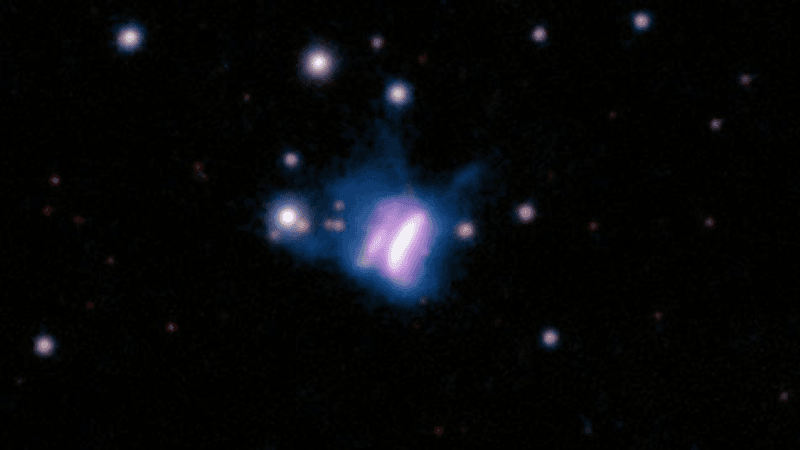"I should say I thought we had a 90 percent chance of getting back to Earth on that flight," the first man on the Moon, Neil Armstrong, said a rare interview in 2012, "but only a 50-50 chance of making a successful landing on the first attempt."
Landing a spacecraft on the Moon was always going to be dangerous, and the trip was not without its hairy moments. The Eagle lander's computer aimed itself at a crater full of boulders the "size of automobiles", requiring Armstrong to take manual control, touching down with very little fuel left to perform the maneuver.
In one especially hairy moment, Buzz Aldrin spotted an anomaly that could have killed not only the entire crew of Apollo 11, but that of three other Apollo missions.
The incident happened on the crew's return to Earth, three days after leaving the Moon. Ahead of the final descent into the Earth's atmosphere, the Command and Service Modules separated, with the crew remaining in the Command Module ready for re-entry. The last thing you want as you hurtle through the atmosphere is to see another piece of spacecraft debris hurtling straight after you. For this reason the Service Module was supposed to let off a little thrust and maneuver itself away from the Command Module, and re-enter the Earth's atmosphere later and far from the Apollo 11 crew.
That's how it should have gone.
"Houston, we got the service module going by. A little high and a little bit to the right," Buzz Aldrin told NASA on the ground, later adding, "It's coming across now from right to left."
The problem wasn't noticed for what it was at the time, with Aldrin remarking that it was "rotating just like it should be" and that the thrusters were firing. An electrical engineer who worked on the Apollo program told Nancy Atkinson, author of Eight Years to the Moon: The History of the Apollo Missions, that the Service Module should have been "absolutely nowhere close to the command module", Business Insider reports.
Meanwhile on the ground, a pilot watched as the Service Module "shattered into pieces", creating an even greater chance of collision with the astronaut's module.
"I see the two of them, one above the other. One is the Command Module; the other is the Service Module," Frank A. Brown said, in a report found by Atkinson. "I see the trail behind them – what a spectacle! You can see the bits flying off."
The crew, as you know, made it back to Earth, where an investigation into the incident took place. NASA found that Apollo 8 and Apollo 10 had had the same problem. The astronauts hadn't spotted it, but radar had picked up that the two modules came dangerously close to colliding.
According to Atkinson, NASA identified the "serious anomaly" happened because of a problem in the controller on board the Service Module. She says that they went ahead with Apollo 12 with the problem still in place due to a lack of time to repair it.
The problem was fixed in time for Apollo 13, but – famously – other problems cropped up.




